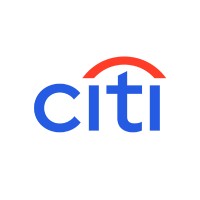
S&P Global
S&P Global provides governments, businesses, and individuals with market data, expertise, and technology solutions for confident decision-making. Our services span from global energy solutions to sustainable finance solutions. From helping our customers perform investment analysis to guiding them through sustainability and energy transition across supply chains, our solutions help unlock new opportunities and solve challenges. We are widely sought after by many of the world’s leading organizations to provide credit ratings, competitive benchmarking and data driven analytics in global capital markets, commodity, and automotive markets. Our divisions include S&P Global Market Intelligence, S&P Global Ratings, S&P Global Commodity Insights, S&P Global Mobility, S&P Dow Jones Indices, and the renowned S&P 500 index. Additionally, our S&P Global Sustainable1 brings sustainability benchmarking, analytics, and evaluations together, to help customers achieve their sustainability goals. See the latest research & insights at www.spglobal.com






